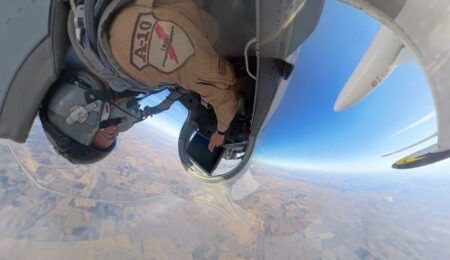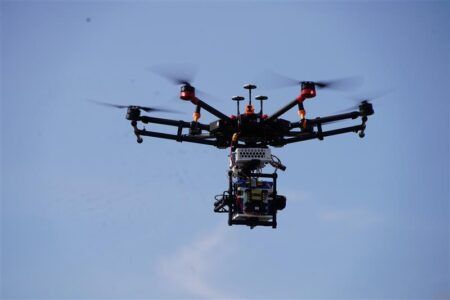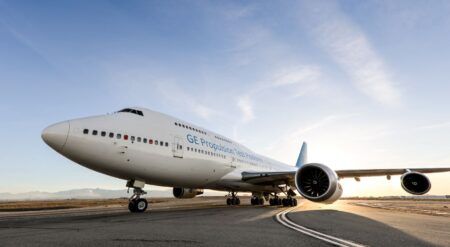German air taxi developers are on schedule to launch the first vehicle in just two years, it was confirmed last week.
Speaking at the Move event in London last week, Fabien Nestmann from Volocopter said, “EASA and the FAA are pragmatic and want to enable new aircraft and services, so they are forward looking on working with us, but will not compromise on safety. We are in the process with them.
“We will have a certified vehicle by the end of 2022 or the beginning of 2023. We are looking to launch in at least one market by that time.”
Volocopter first announced it is working towards a 2022 entry-into-service for its aircraft after a funding round in September last year. The company was also recently certified as a Design Organisation by EASA.
The fourth generation of the company’s electrical take-off and landing (eVTOL) aircraft, the VoloCity, was revealed last August. The VoloCity can carry two passengers up to 35km (22 miles) and has a top speed of 110km/h (68mph). It is propelled by 18 rotors and has a low noise signature for operations in urban areas.
Volocopter is working with several cities looking at launching an air taxi service, including Singapore. This week the company announced a partnership with Grab, an on-demand taxi and delivery app popular in Southeast Asia, which will explore where the most suitable cities and routes to deploy air taxis in Southeast Asian cities are located.
Meanwhile Munich, Germany-based Lilium is on schedule for its 2025 launch for its eVTOL. The Lilium Jet is a five-seater, all-electric aircraft with a range of 300km which achieved speeds in excess of 100km/h (62mph) during its maiden flight last year
Speaking at the same event in London Dr Remo Gerber, chief commercial officer of Lilium said, “Our first full scale prototype has been built over the last two and a half years – engineered completely from scratch at our base in Germany.
“We’ve put the necessary effort into taking off vertically and transitioning to seamlessly flying forward. That’s important because we use about a tenth of the energy flying forward as we do in hover mode.”
“It’s a fully-fledged aircraft and we’re working with both the American and the European agencies to certify it to the same standards as other aircraft.”




